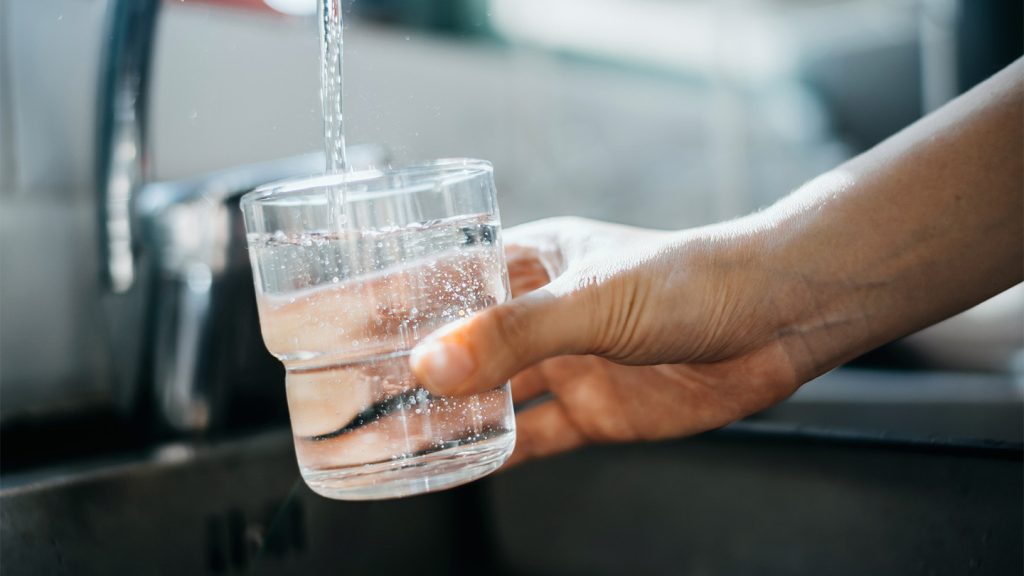Access to clean drinking water is considered a human right, yet more than 4.4 billion people lack access to safely managed drinking water. This number, calculated by researchers through computer simulations of data from low- and middle-income countries, is more than double the figure reported by the World Health Organization, indicating that the issue may be significantly underestimated. Collecting accurate data on the number of people using safely managed water services can be challenging in regions with limited technology, creating obstacles for international efforts to expand access to clean water. The new study aims to address this data gap and provide a more accurate estimate of the global water crisis.
Using a computer simulation that combines environmental data with survey data from thousands of households worldwide, researchers generated maps for 135 countries to identify areas with probably safely managed drinking water services in 2020. By comparing these maps with population data from UNICEF, the team estimated the number of people lacking access to clean drinking water. Regions with the lowest clean water use, such as sub-Saharan Africa, South Asia, and East Asia, face various challenges like bacterial and chemical contamination and inadequate infrastructure. For instance, approximately 650 million people in sub-Saharan Africa do not have access to drinking water services near their homes.
Although high-income countries were not included in this analysis, some populations in these countries also likely face inadequate access to safe drinking water. While this new estimate does not replace the official count based on country-provided data, it provides valuable insights and highlights the need for further investment in research and initiatives to improve water accessibility. The United Nations recognizes access to clean water as a human right, emphasizing the importance of addressing this issue. The hope is that this new estimate will encourage increased efforts to close the gap and ensure that everyone has access to safe drinking water.
The incomplete information about access to clean water services in certain regions poses challenges for global initiatives aimed at improving water accessibility. By incorporating survey data and simulations, the researchers hope to provide a more comprehensive understanding of the global water crisis and contribute to efforts to expand access to clean drinking water. Regions like sub-Saharan Africa, South Asia, and East Asia face common obstacles to safe water access, including contamination and insufficient infrastructure. Addressing these challenges is critical to ensuring that all individuals have access to this essential resource.
While the official estimates are based on country-provided data rather than surveys and simulations, researchers emphasize the importance of using multiple methods to accurately assess clean water access. The goal is to encourage additional investment in initiatives that focus on improving clean water accessibility and ensuring that it is recognized as a fundamental human right. By identifying areas with limited access to safe drinking water and highlighting the need for intervention, the new estimate serves as a catalyst for action and underscores the urgency of addressing the global water crisis.


